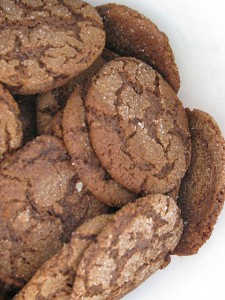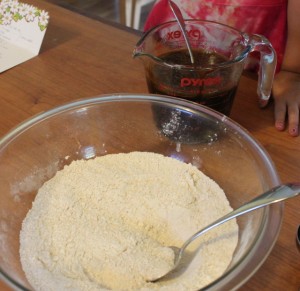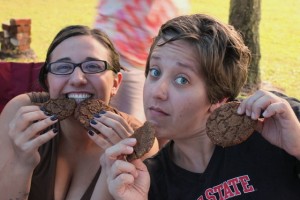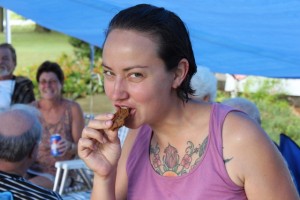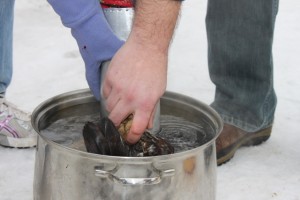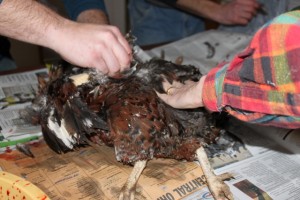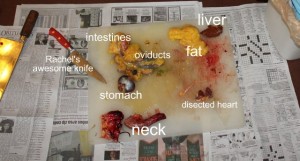The lovely Catherine of Photo Kitchen came over last week to take photographs for Hounds in the Kitchen Egg Week. After blowing out eggs, dying with natural dyes, and baking a dutch baby, we were left with an excess of shells.
We could have tossed the shells in the compost. Instead, we aimed to recreate some easter eggshell planters Lil has been coveting at the big box home improvement store.
All we did was fill an eggshell with potting material and a few seeds for Lil's favorite herb, chives. Then we watered the shells and placed them under lights with the rest of our seedlings.
After the frost free date, we will transplant the whole set up into a bed outside. The calcium rich shell with break apart and dissolve in the soil, giving nutrients to the plant.
I would not advise planting carrots or other root vegetables in eggshells because they need unencumbered space to grow straight down. Most other seeds are fair game for starting in shells.
If you don't have a grow light, try planting a few dry beans in shells in a sunny window. Though beans don't need to be started indoors, they are very quick to sprout and grow fast enough to satisfy even the most impatient child.
All photos with the Photo Kitchen watermark belong to Catherine and were generously shared with me. You may purchase copies and view the whole set of photographs in the online gallery. Use the coupon code houndscrossover to receive 25% off prices until May 15.
Added to Simple Lives Thursday 40th Edition.




